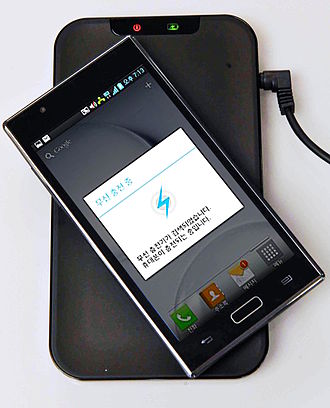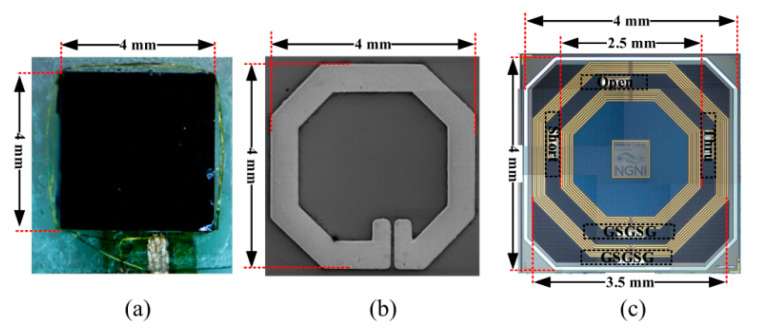Wireless power supply
You choose how you innovate
It's time to start innovate your device
“There are several important benefits of wireless power transfer.
For one, wireless power allows you to completely seal your device. Whether you’re looking to get rid of a power port, remove something you don’t want in the system, or advance your product from water-resistant to waterproof, wireless power could be your perfect solution.
For another, wireless power means less cord clutter. Since each mobile device typically requires its own charging cord, many of us are constantly tripping over (or searching for) chargers in our homes. Wireless power eliminates those problems by providing one universal, cordless power solution for all those devices.
Another key benefit to wireless power is the highly expandable power range it offers. No longer just a low-power solution, wireless power offers a multitude of real-world applications with anywhere from 0 to over 200W of power transfer. The level of efficiency is thus very high.
The last major benefit of wireless power is increased product life. By eliminating the physical limitations of connectors (like mating cycles, corrosion on contact points, and the like), wireless power offers a more robust product to design manufacturers.”
We are interested in low cost wireless power supply for charging electronic devices such as cell phones and laptops.
Contact us for partnership or collaboration.

Inductive charging pad
"Inductive charging pad for a smartphone as an example of near-field wireless transfer. When the phone is set on the pad, a coil in the pad creates a magnetic field which induces a current in another coil, in the phone, charging its battery."

wireless power transfer for implantable medical devices
"Wireless power transfer (WPT) systems have become increasingly suitable solutions for the electrical powering of advanced multifunctional micro-electronic devices such as those found in current biomedical implants. The design and implementation of high power transfer efficiency WPT systems are, however, challenging.The size of the WPT system, the separation distance between the outside environment and location of the implanted medical device inside the body, the operating frequency and tissue safety due to power dissipation are key parameters to consider in the design of WPT systems."